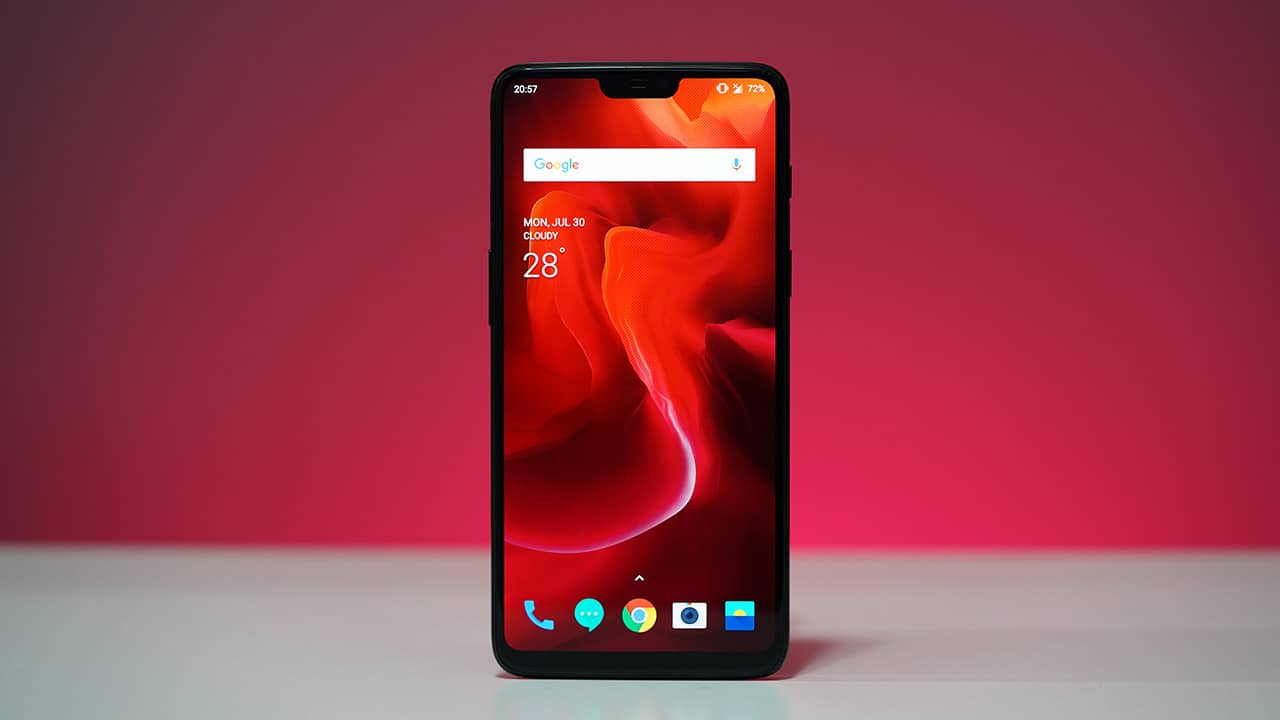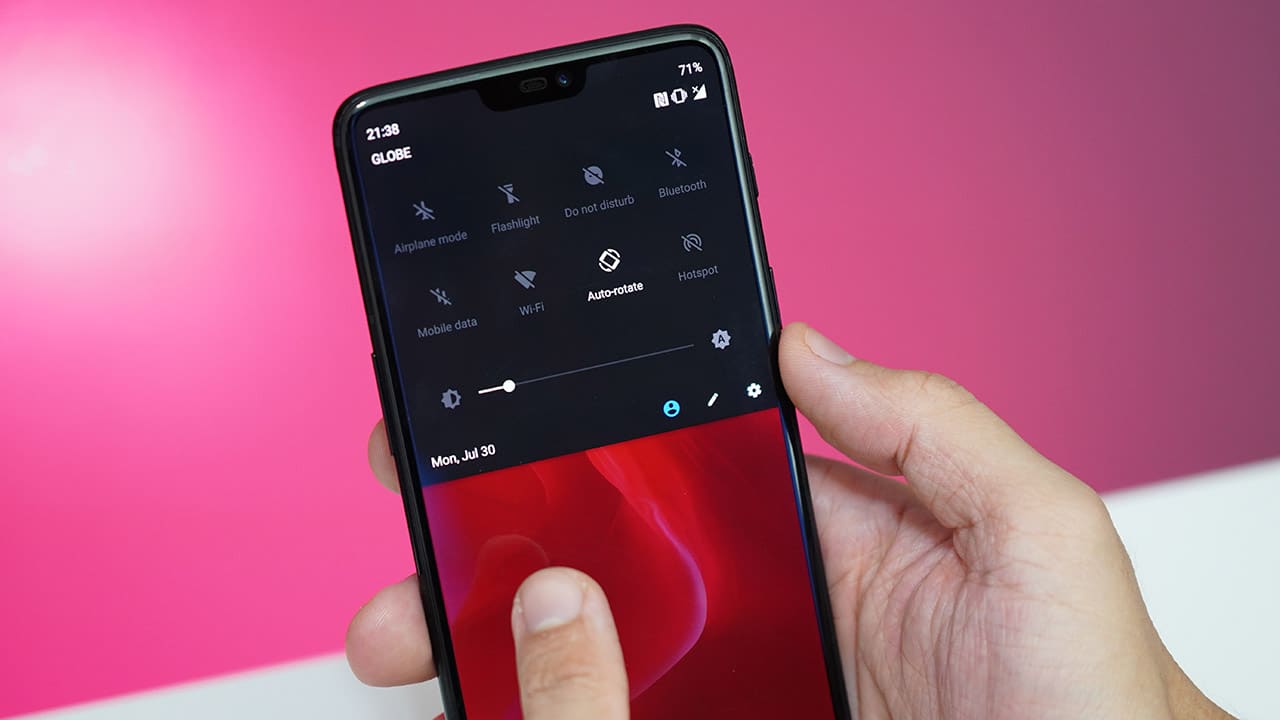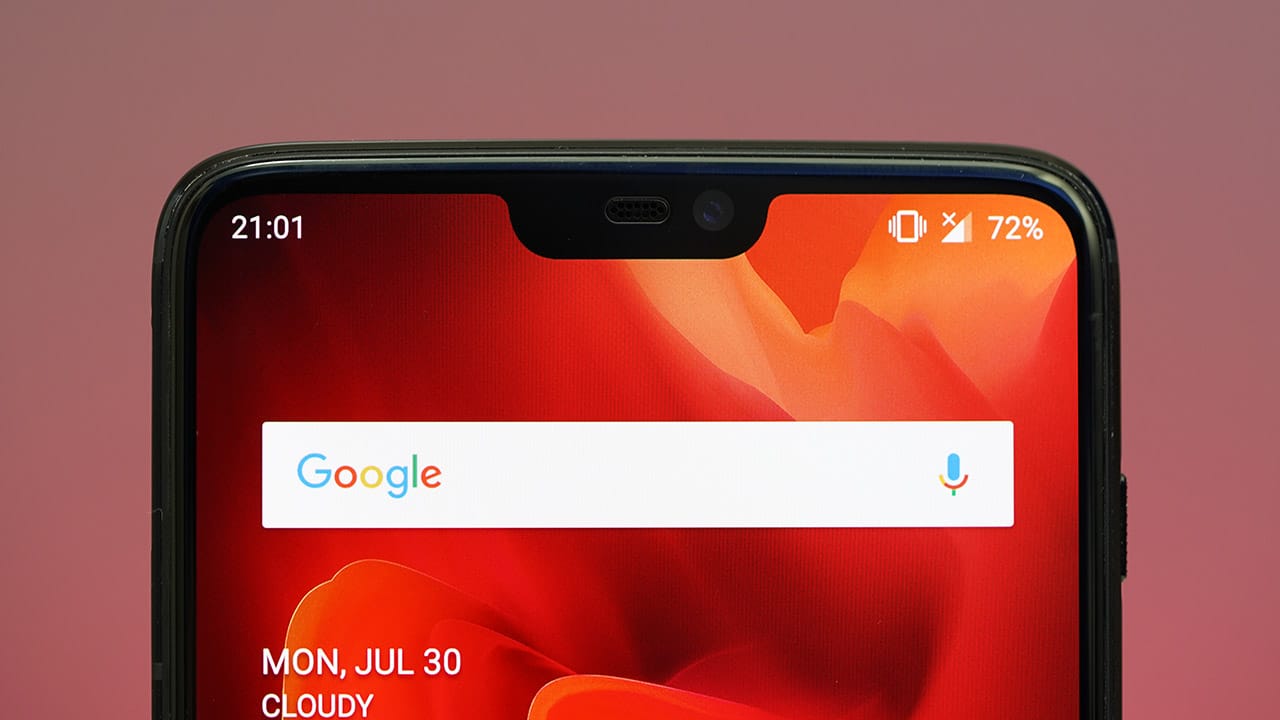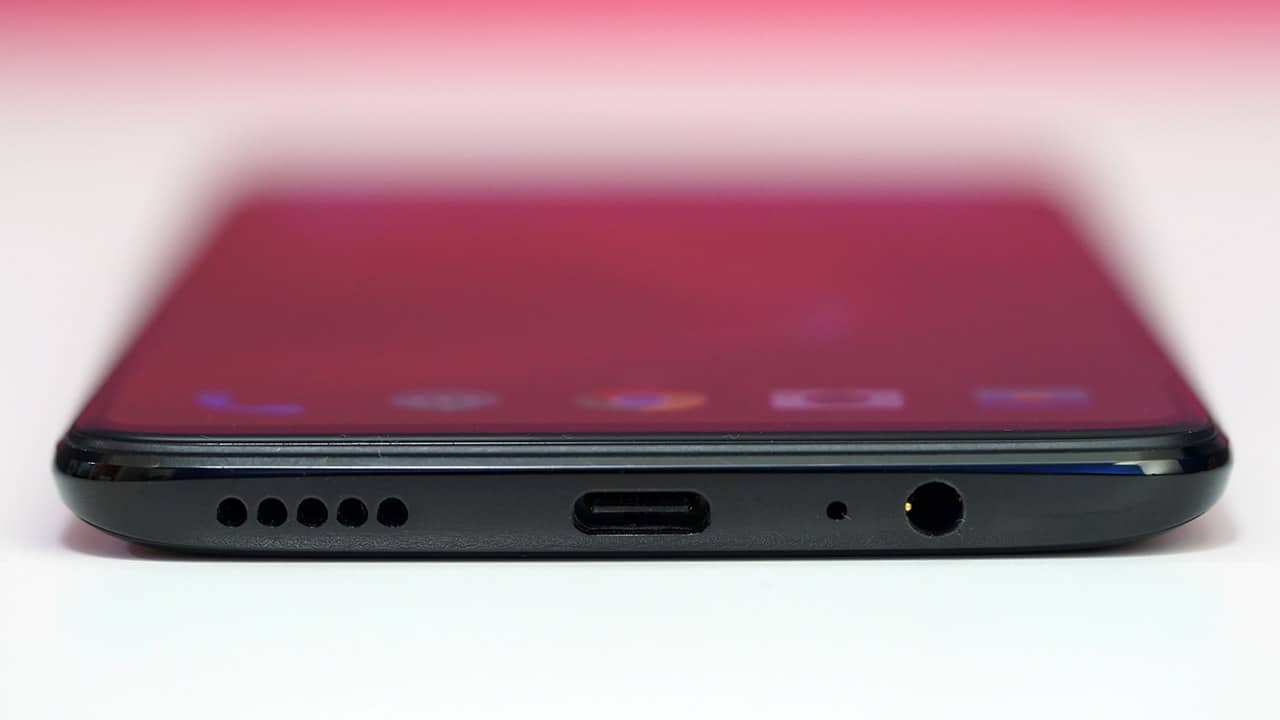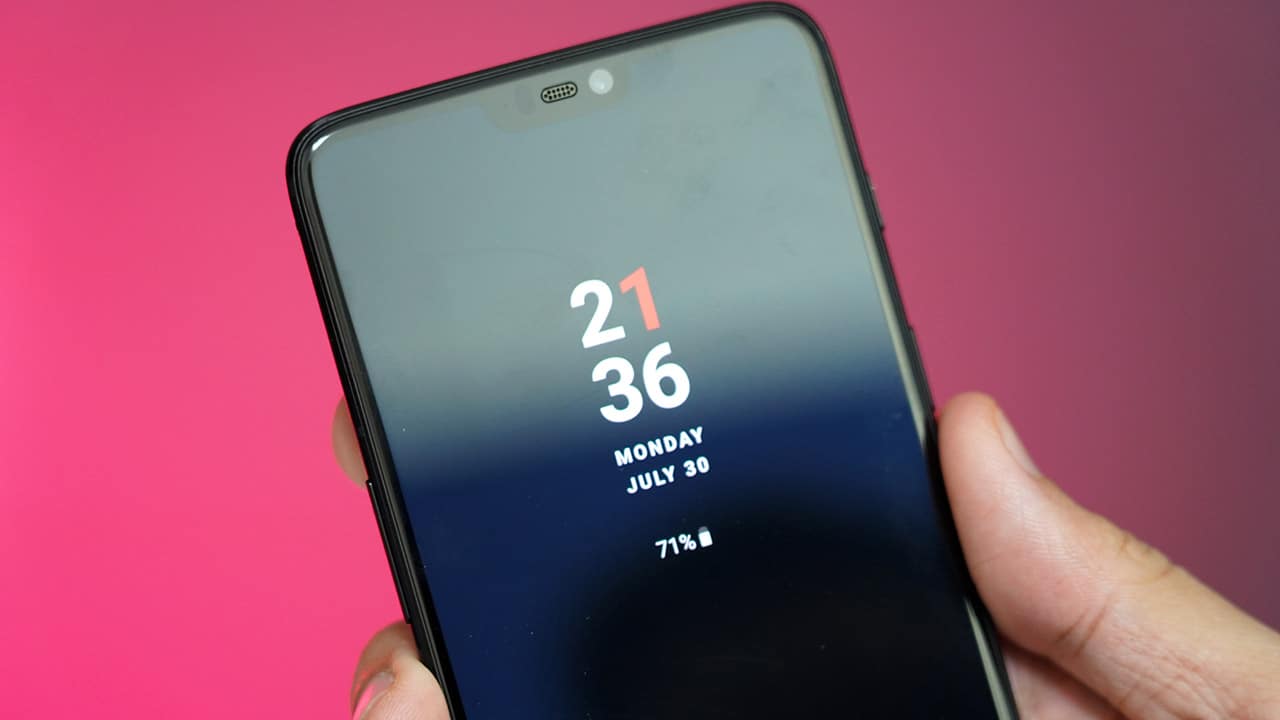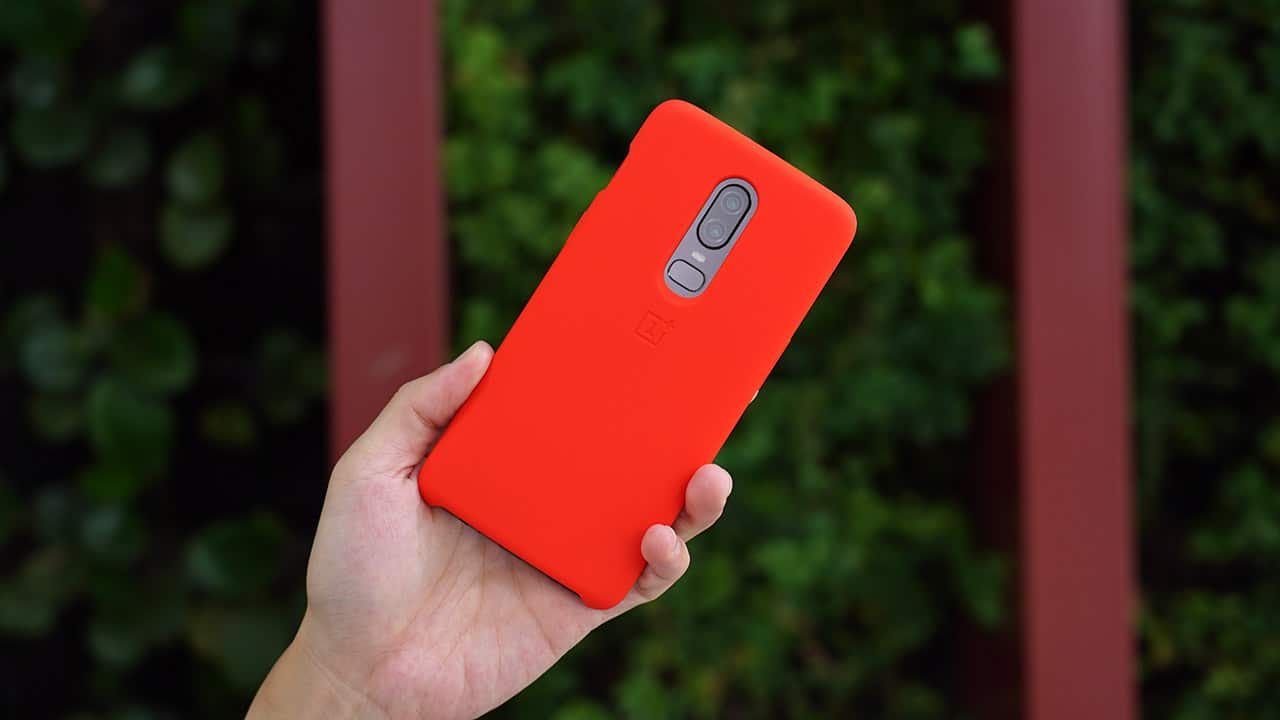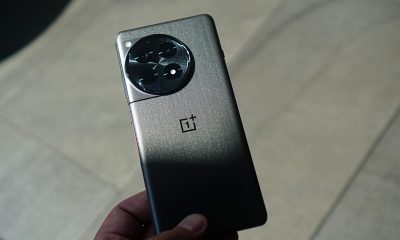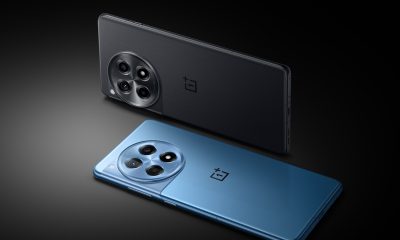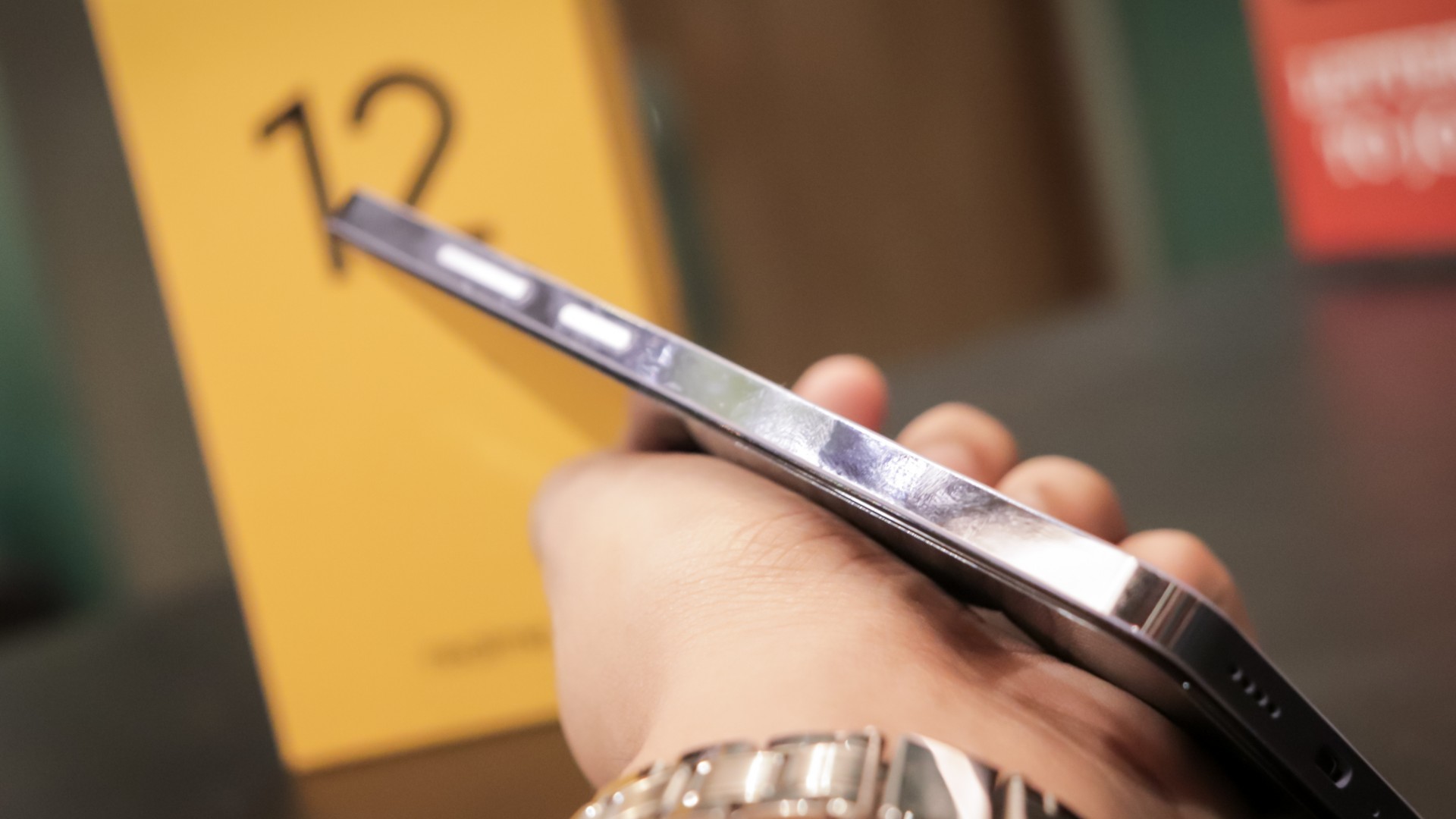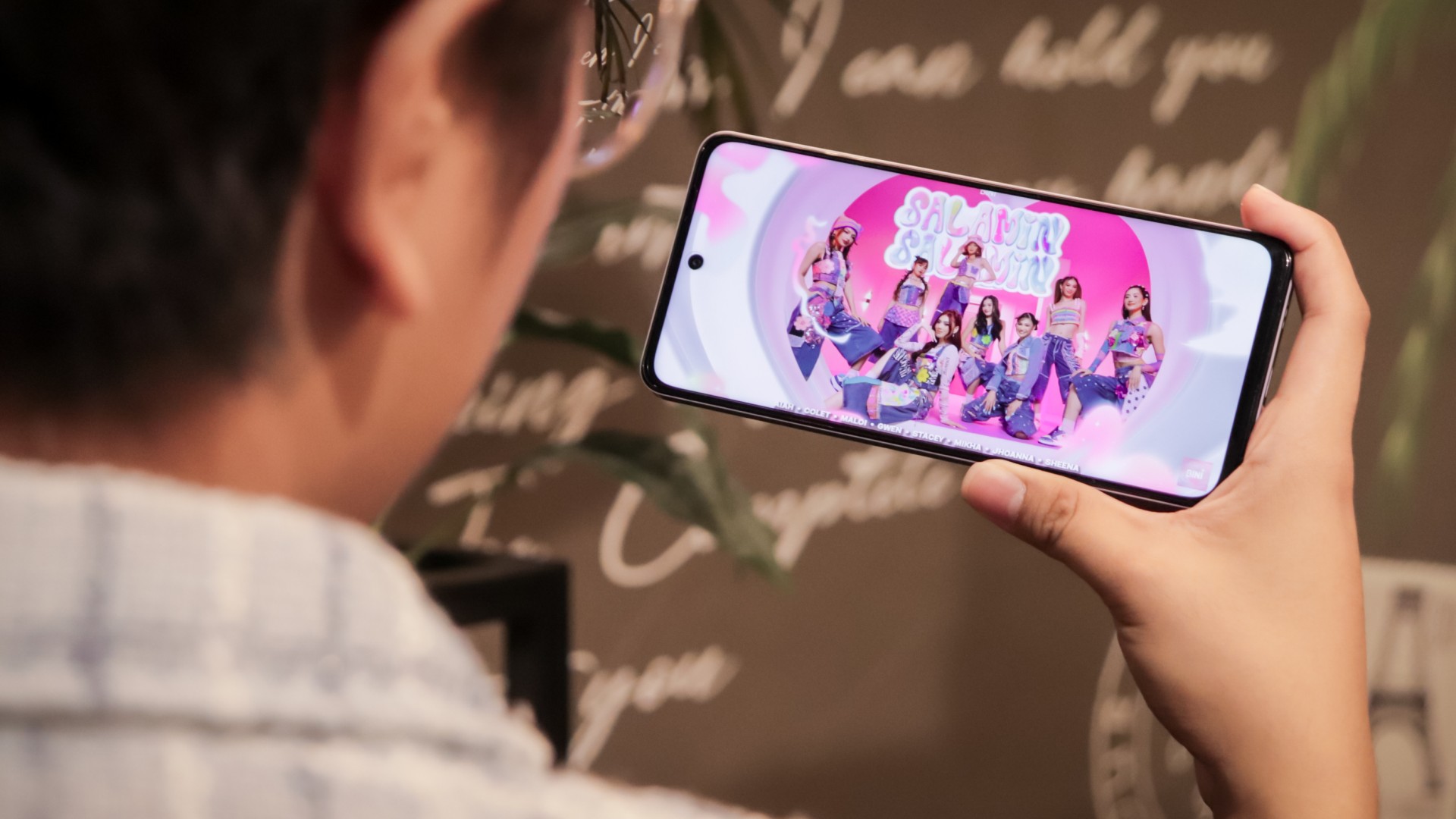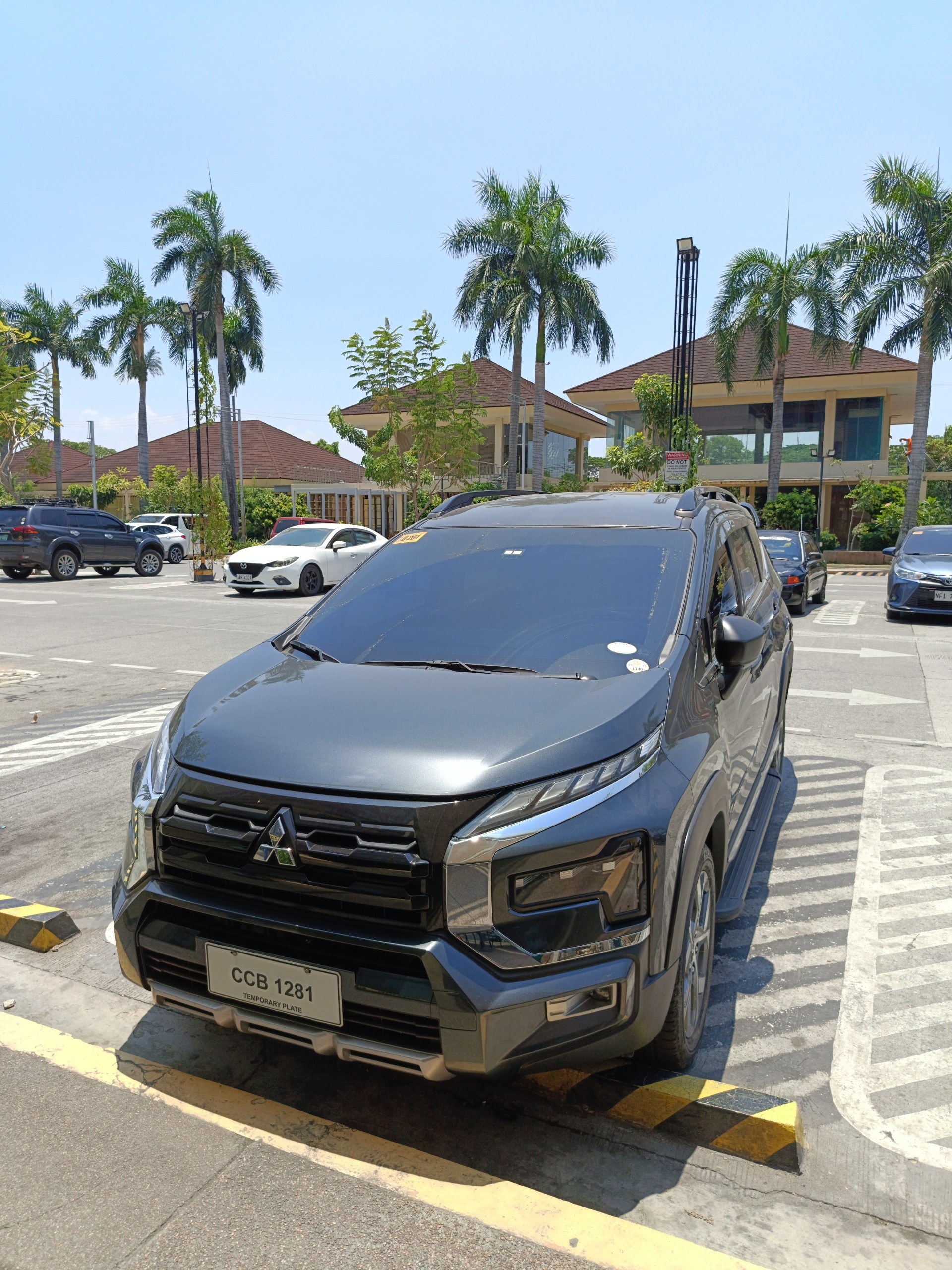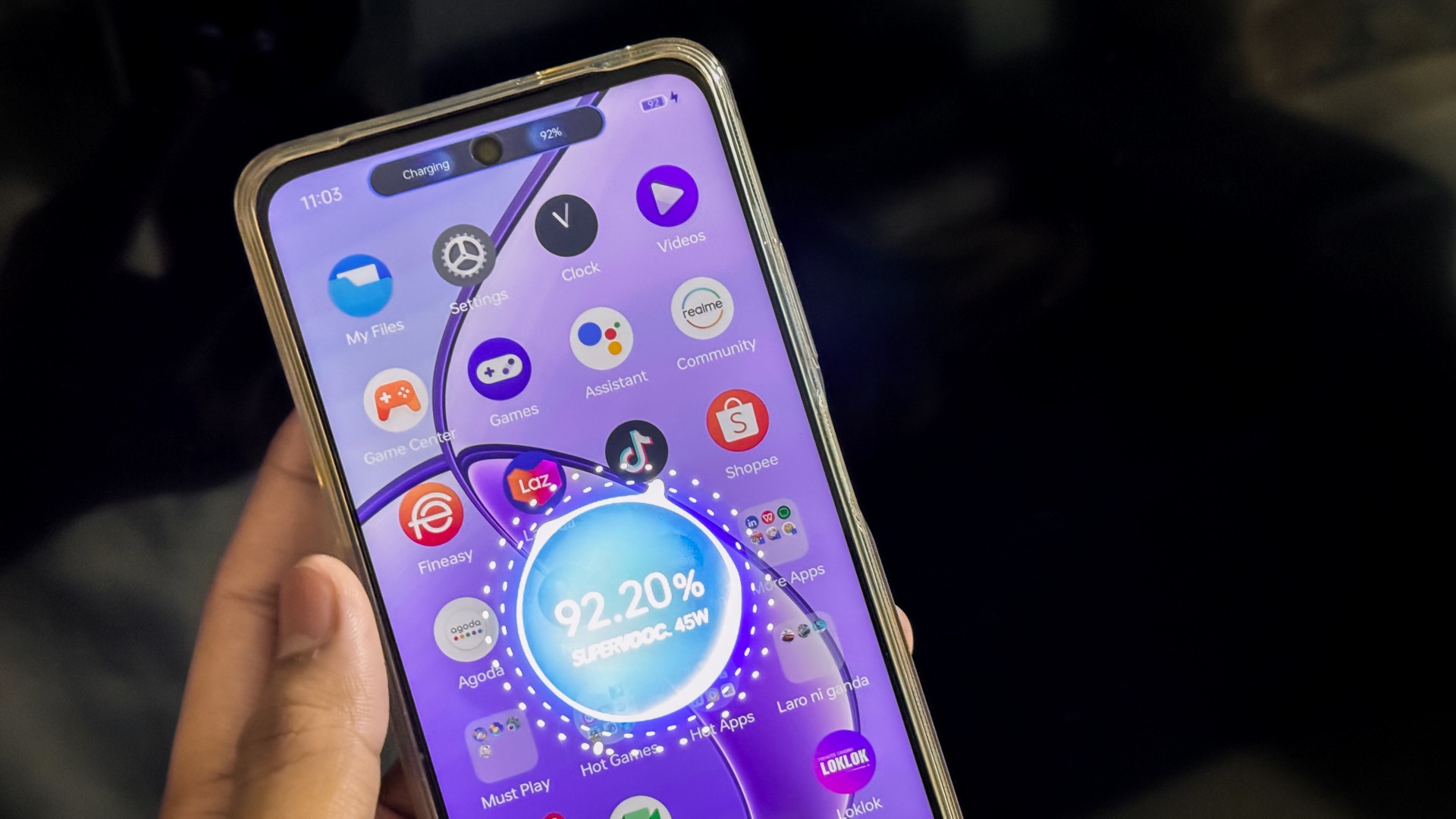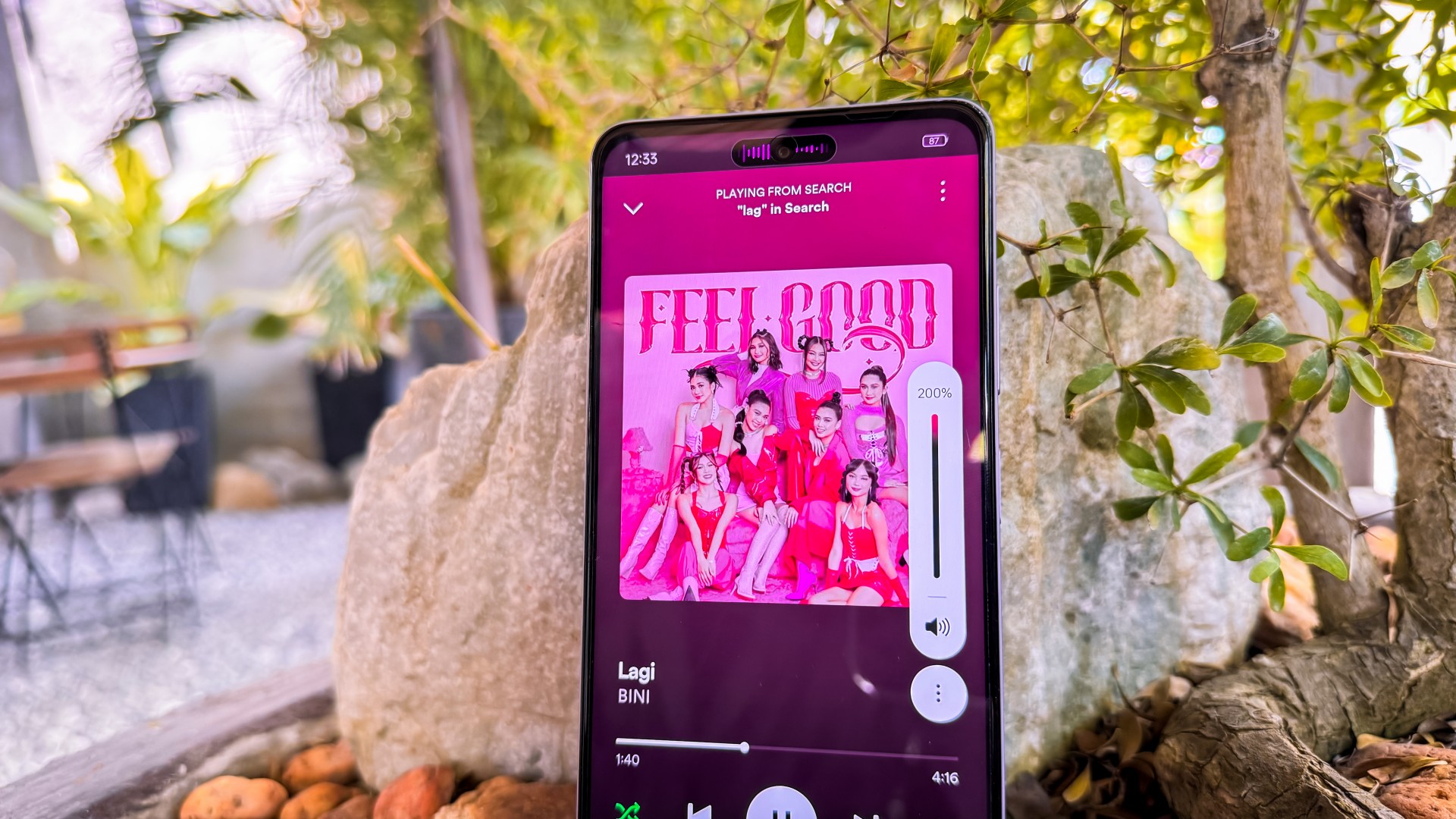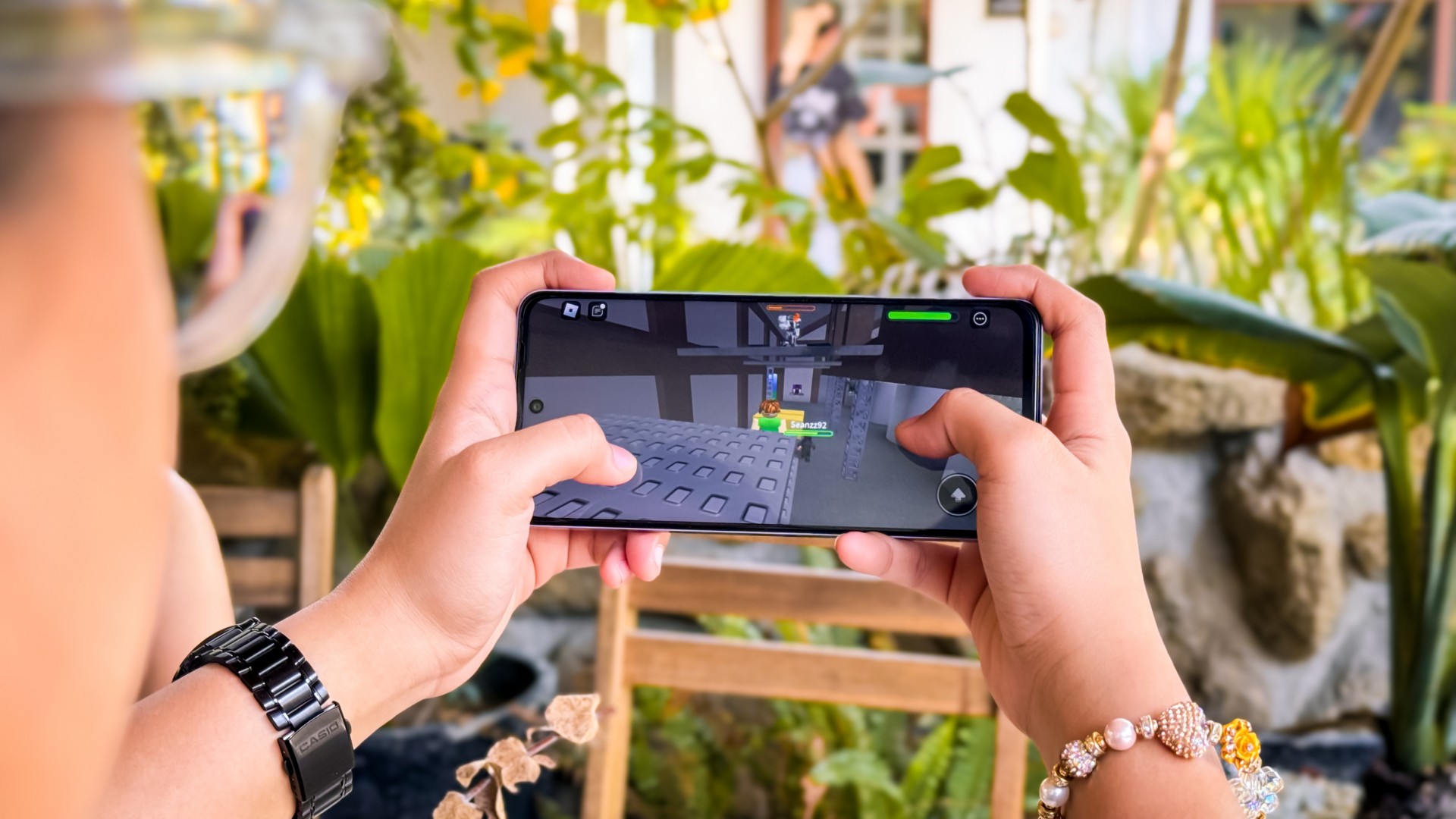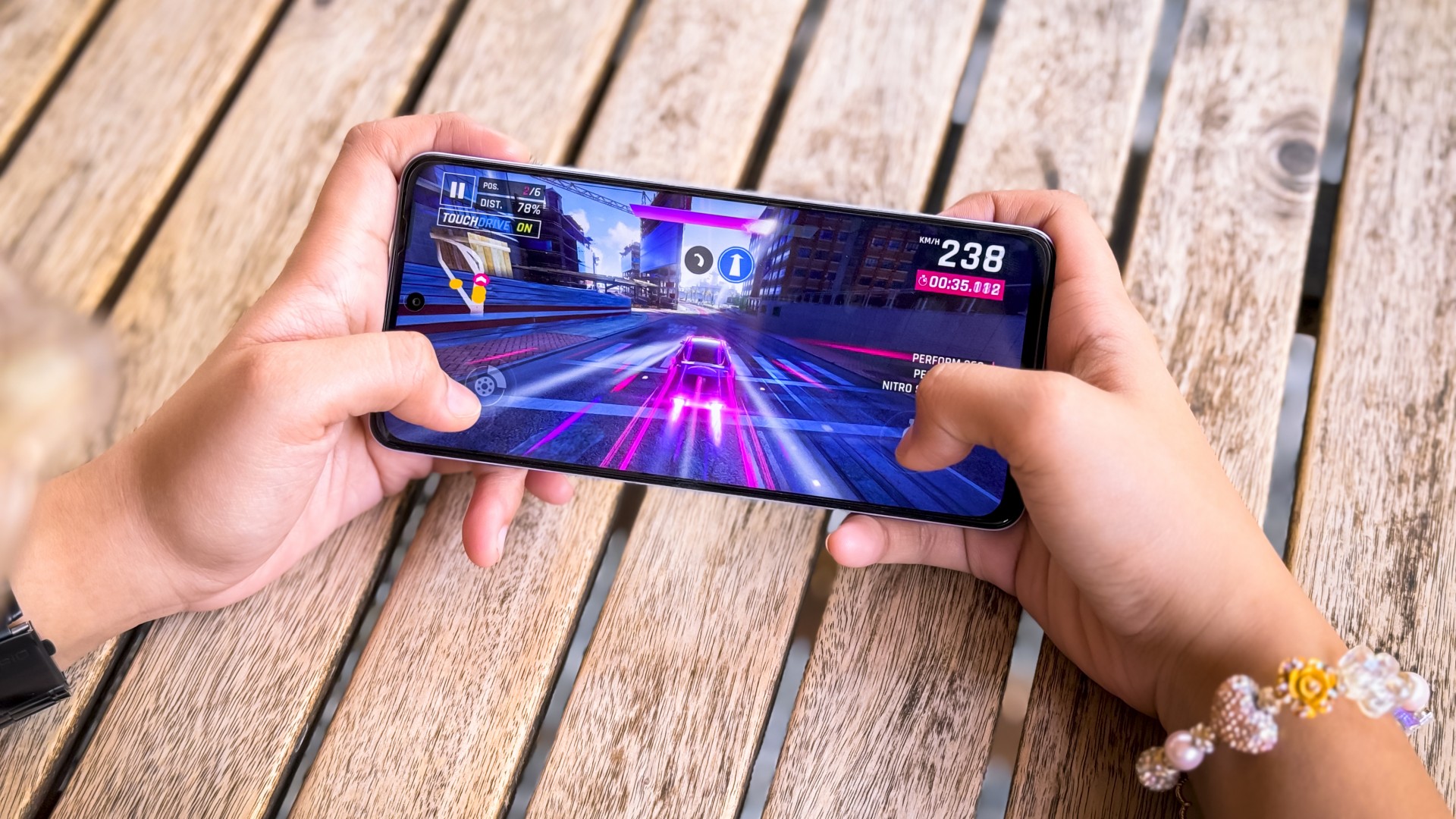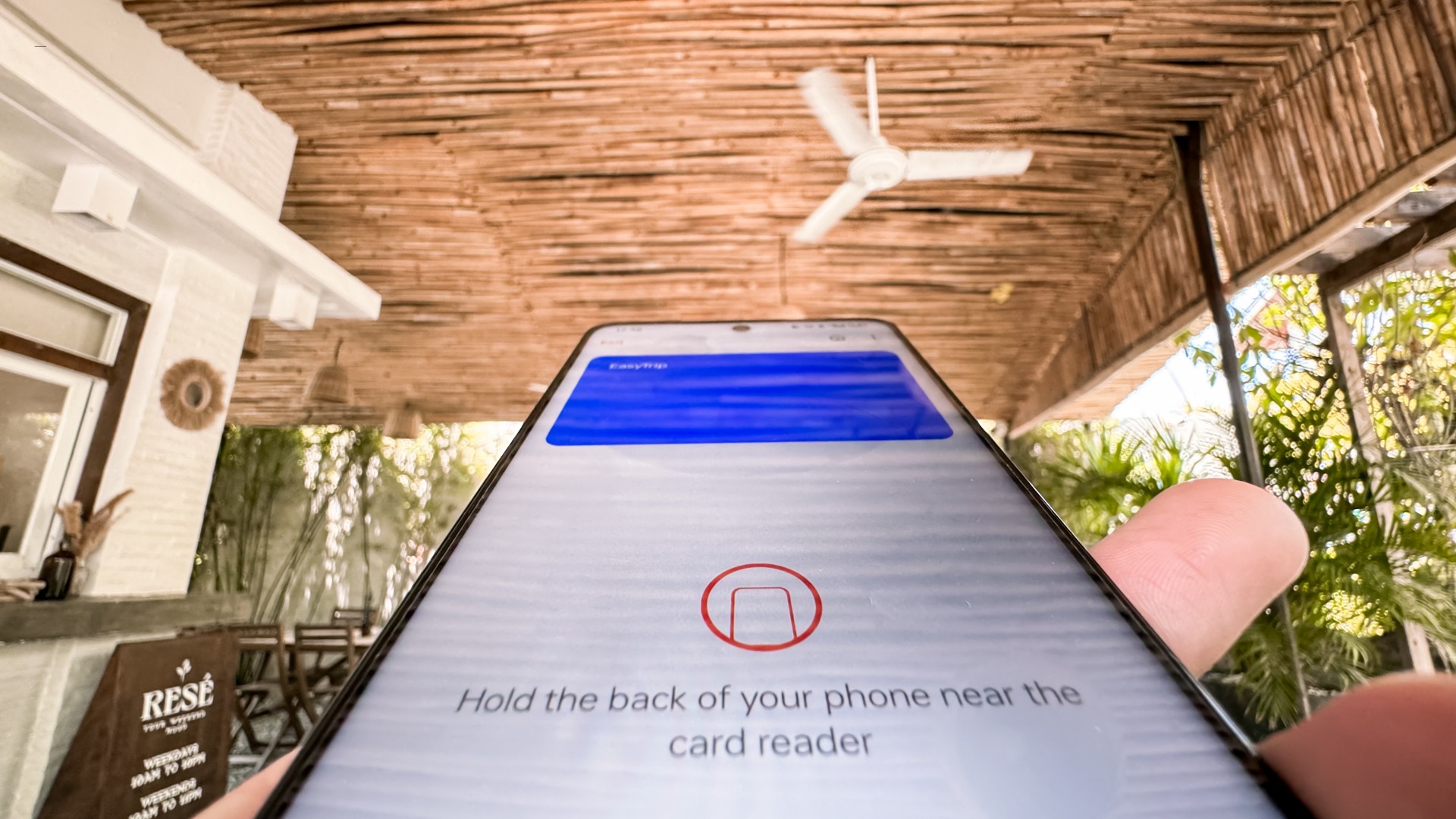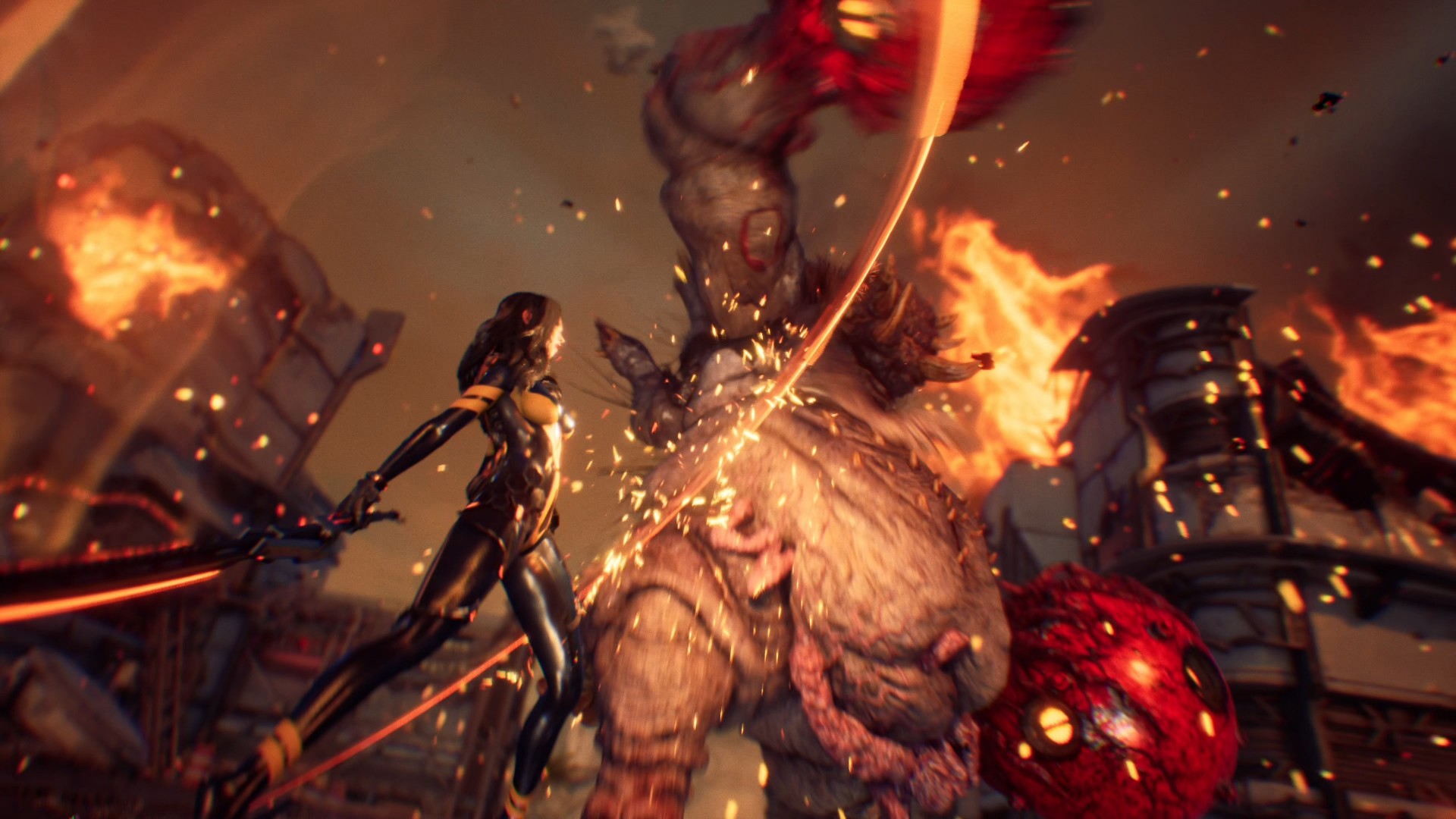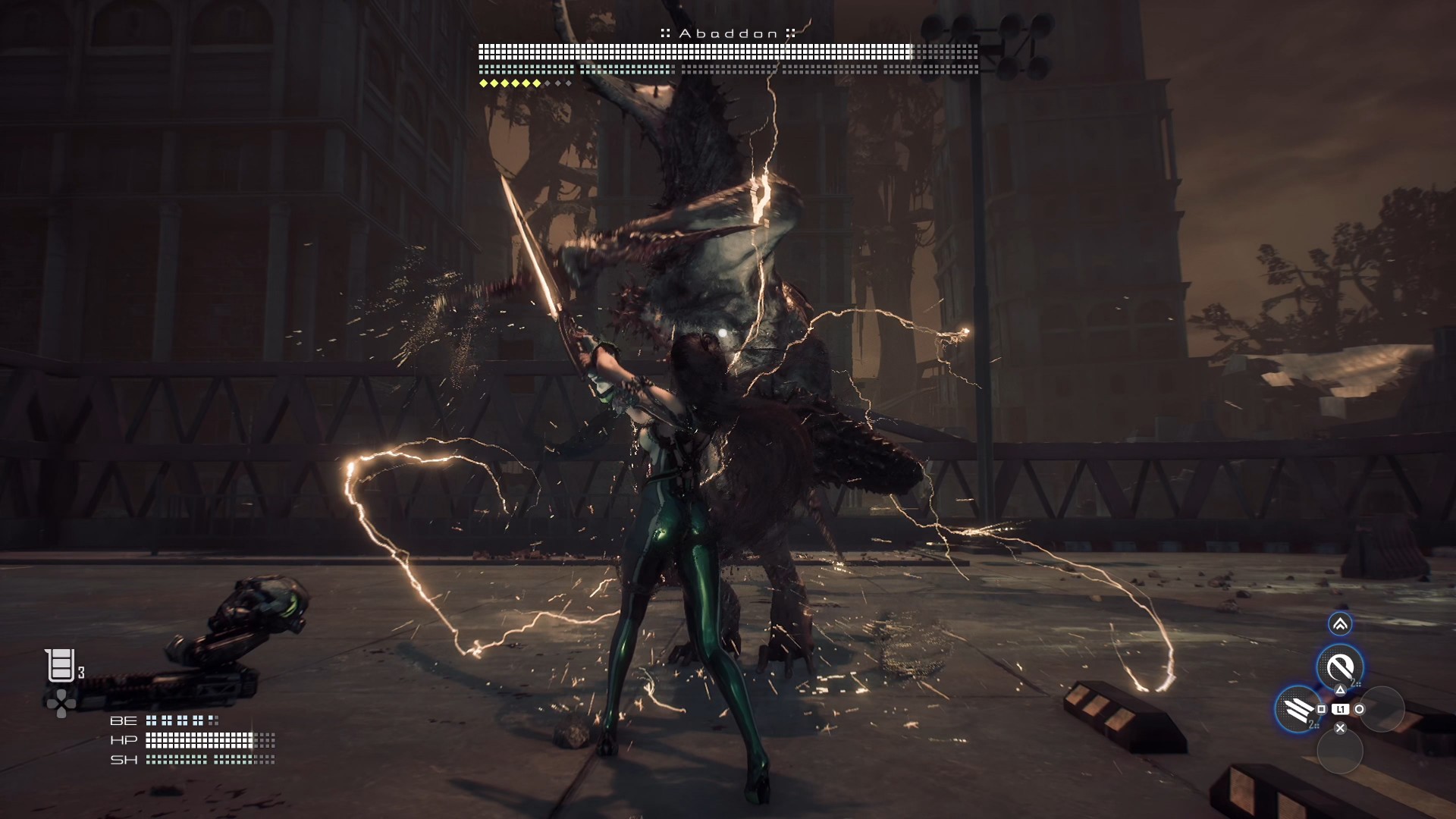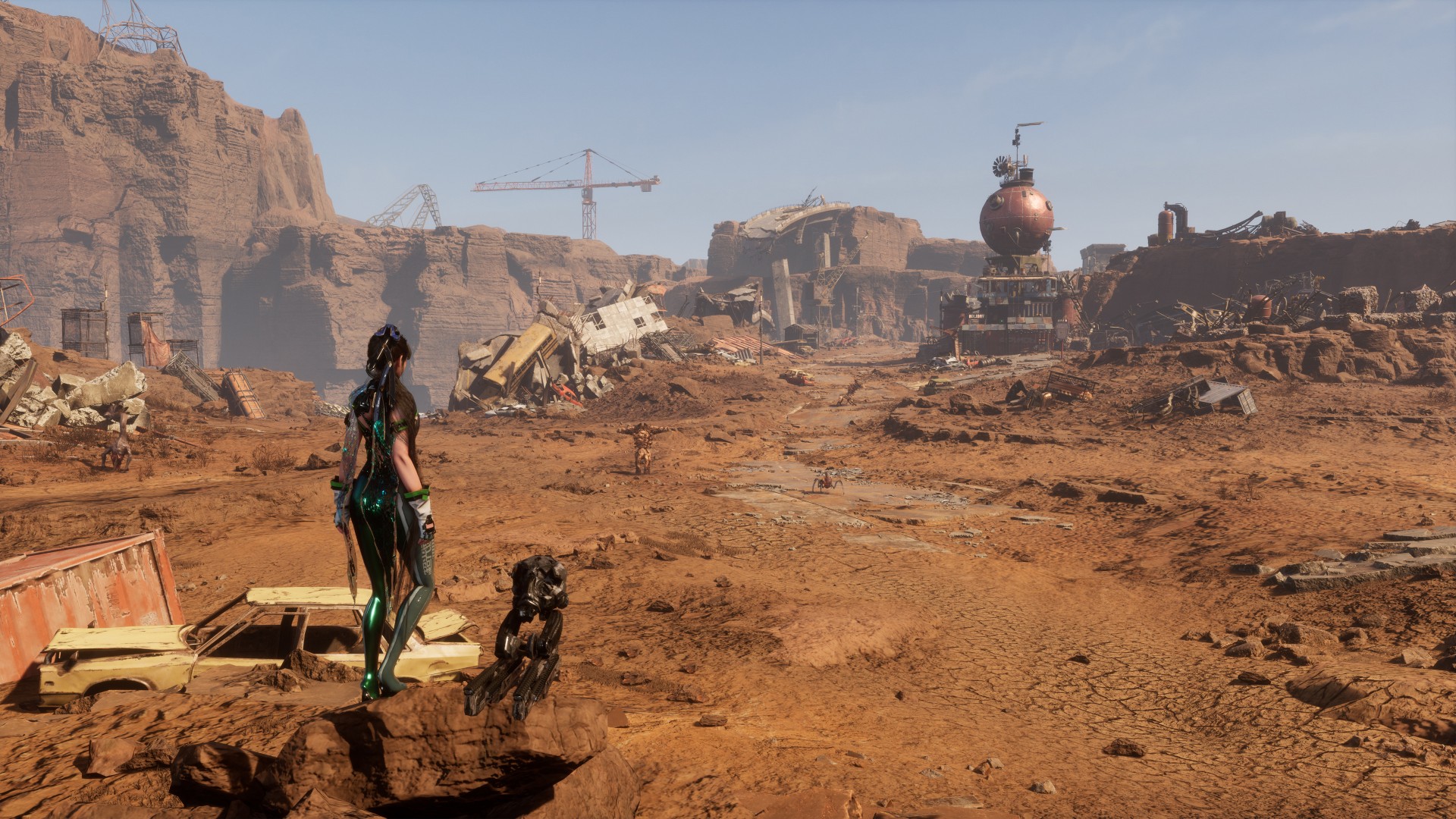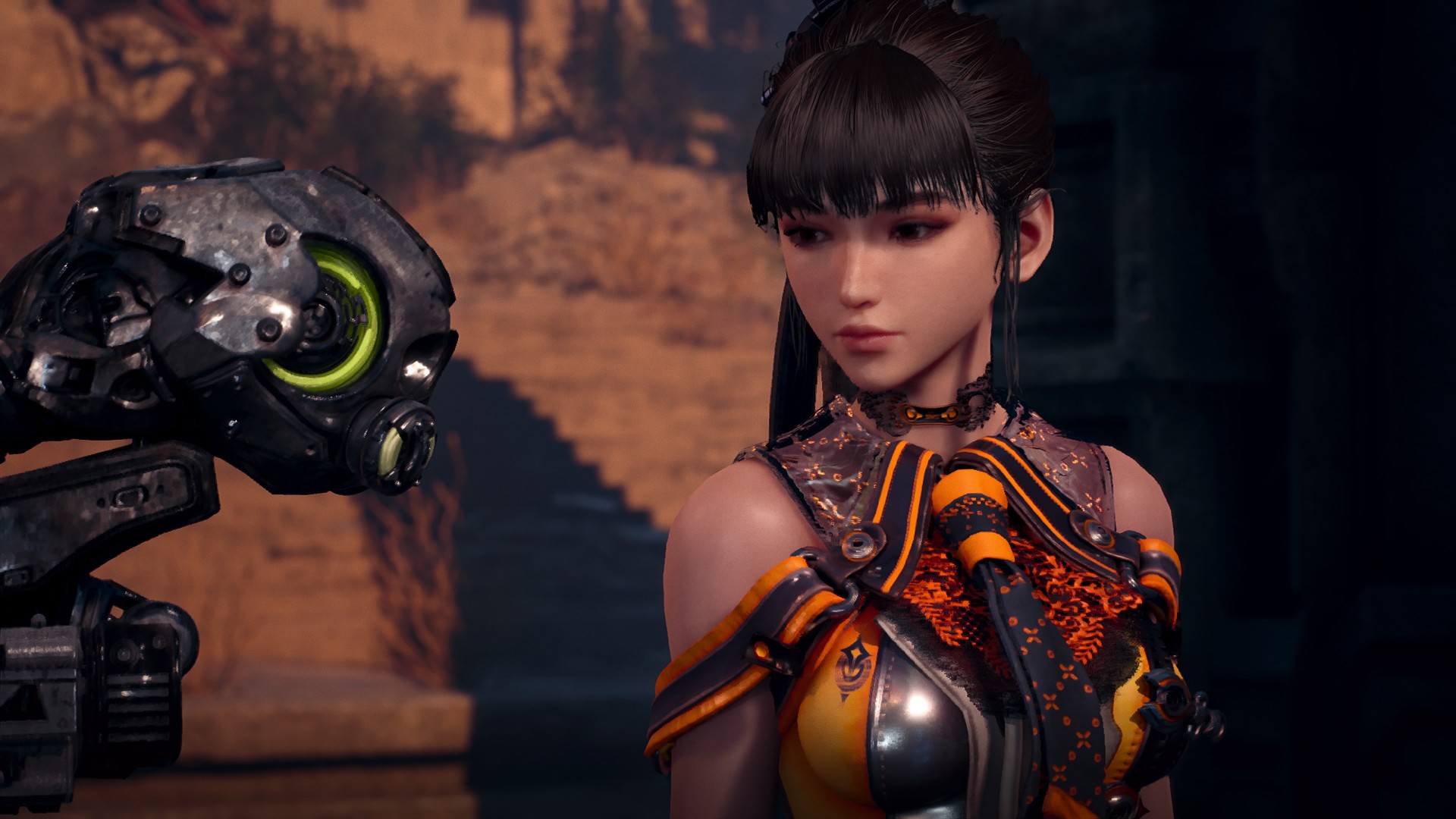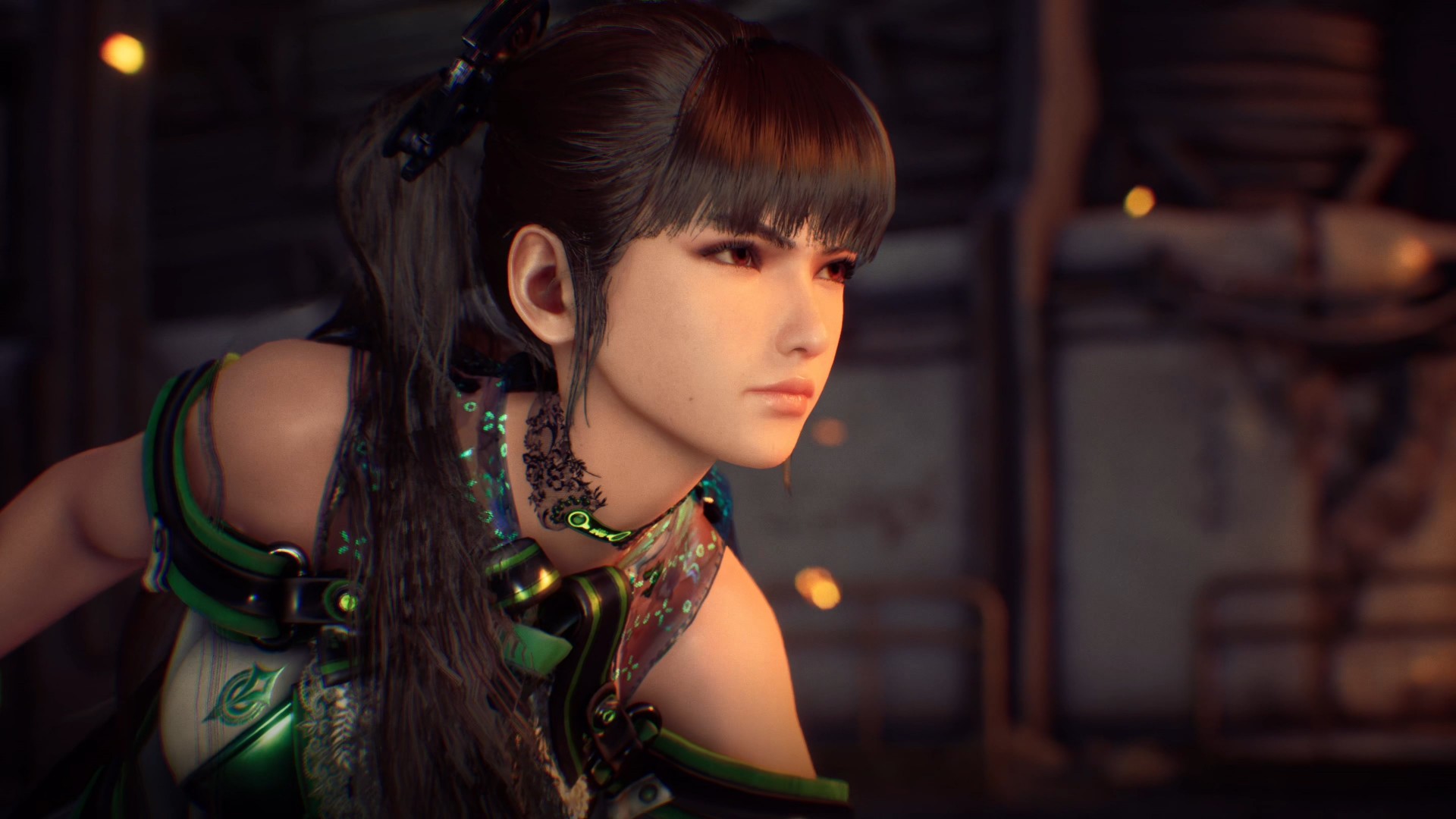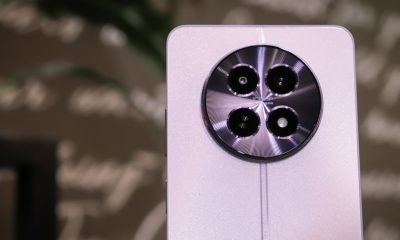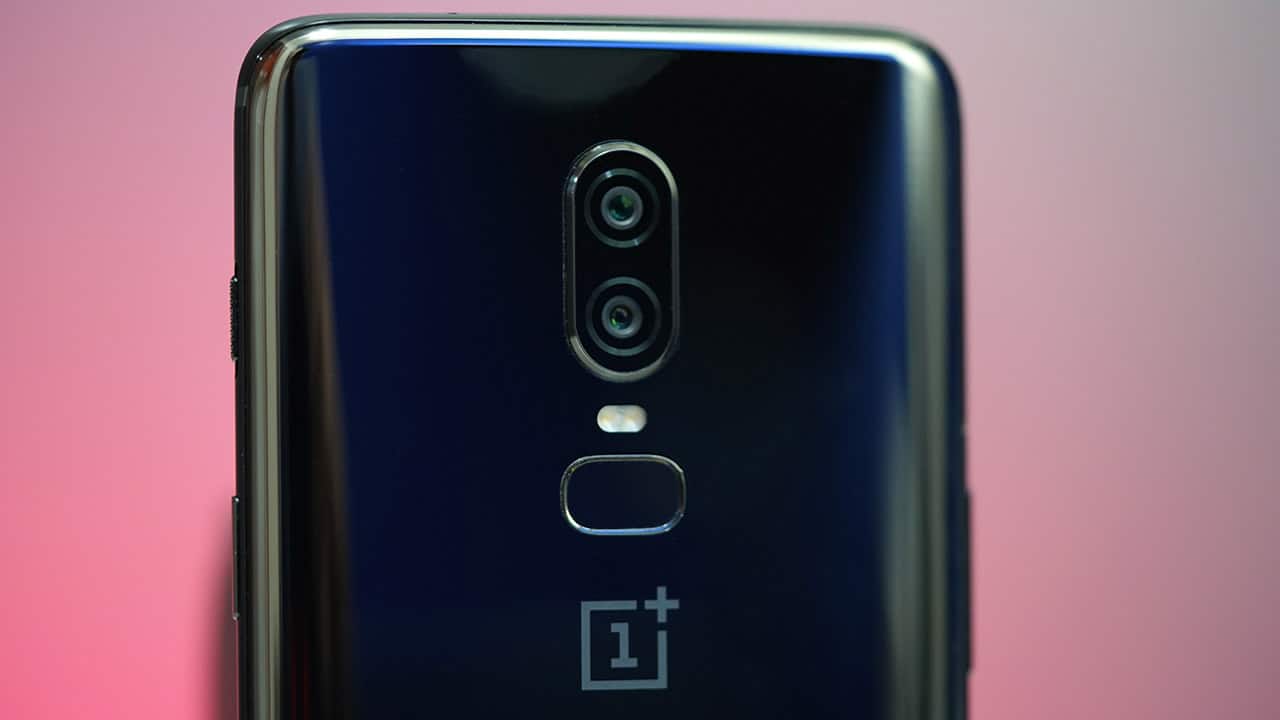

OnePlus has a clever launch cycle: release a flagship shortly after Mobile World Congress, and give that same model a refresh after every other brand unveils their final flagship of the year.
This strategy has given OnePlus a chance to scout the competition before launching its annual smartphones. Considering that the company puts all its eggs in only two premium flagships per year, a single error can spell doom for the brand.
Although OnePlus more or less mastered this formula, releasing one success after another, last year’s models felt a little stale. Not only did the features fall a bit flat, the design of the OnePlus 5 and 5T were replicas of sister brand OPPO’s own flagships.
We’re now at an interesting time in the OnePlus 6’s life. Three months in, we can get a better grasp of its place in the market; at the same time, we’re only three months away from a possible OnePlus 6T update.
The questions are plenty and time is running out, so let’s get down to it.
Is this still the fastest phone on the planet?
A bunch of A-list smartphones have launched since the OnePlus 6 first came to existence, but none have reached the level of speed this thing has.
For one, the OnePlus 6’s Snapdragon 845 processor is still the fastest chip in the market, and its combination of 8GB of memory and 256GB of storage (though mine only comes with 128GB) is beat only by the just-released Galaxy Note 9 which has up to 8GB and 512GB, respectively.
But hardware is only one part of the equation; software plays an equal if not more important role since that’s what you directly interact with. Having used most of the high-end Android smartphones this year, I can attest to the OnePlus 6’s Oxygen OS being the snappiest of them all, followed only by the Mi Mix 2S and its well-optimized MIUI skin.
Whether I’m playing heavy-duty games like Life is Strange or simply browsing the web, nothing fazes this phone. I can only imagine it getting faster once OnePlus starts rolling out Android 9 Pie to its products. The OnePlus 6 is still stuck on Android 8.1 Oreo. While it’s not bad by any means, I wish OnePlus were as fast as Essential in this regard.
Are the cameras good enough?
We were fortunate enough to take the OnePlus 6 around the world to truly test its set of cameras. The company doesn’t promote its imaging prowess that much, but a pair of 20- and 16-megapixel shooters on the back and a 16-megapixel selfie camera in front aren’t anything to belittle.
Like the rest of the interface, the cameras are blazing fast from opening the app to focusing and taking the shot. Even entering the gallery is incredibly snappy. The image quality speaks for itself; DxOMark gave the OnePlus 6 a respectable score of 96, praising the cameras’ autofocus, color reproduction, and exposure.
We agree for the most part and have these photos of our travels to share:
Certainly not the best you could hope for in terms of overall quality, but definitely acceptable in day-to-day snaps. I wish OnePlus will continue to push software updates to improve the camera performance, because I feel like some adjustments in post-processing will bring it to the next level.
Even though the secondary rear camera doesn’t have a telephoto lens, you can instantly zoom in by 2x while inside the default camera app. But because this is software-assisted, there’s some quality loss. I used this only in certain cases wherein I couldn’t walk any closer to a subject.
The app itself is a joy to use because of how simple it is. My three most-used modes — video, photo, and portrait — are all within swiping distance, and additional options like slow-motion, pro mode, and panorama are found below them. It can sometimes be simplistic to a fault, however. There’s no easy way to change the resolution of your images or videos, and shortcuts to in-app functions are limited.
Can it last over a day?
Battery life is something which the OnePlus 6 is simply okay at. Software updates since the phone’s launch have optimized its energy consumption, but there’s been no major improvement since then.
From my personal experience, which involves lots of web browsing, photo taking, and short gaming sessions, the 3300mAh battery lasts a little less than a day for me. It’s not much of a surprise since the smallish battery has to power such powerful specs and the large display, but you may have to carry a powerbank with you on certain occasions.
On the bright side, we have Dash Charge to fix all our issues. OnePlus’ proprietary fast charging tech is still as fast as ever, bringing this phone from zero to a hundred percent in less than one and a half hours. In addition, the body won’t heat up while topping up, making things more comfortable for your hand during usage.
The only downside is having to bring the bundled charger with me wherever I go. Without it, I can’t take advantage of the fast charging. It’s the same sort of hassle as packing a micro-USB cable for the non-USB-C devices I still own.
Does its pricing hold up against the competition?
OnePlus has steadily been increasing its pricing since first entering the market. Their phones are no longer the sub-US$ 500 premium offerings the company was once known for. And yet, other brands have been guiltier in this regard.
We’re gradually accepting the fact that US$ 1,000 is turning into the norm for a truly flagship experience. This suddenly makes the OnePlus’ pricing seem tame in comparison, considering their products deliver the same speed and quality — if not better.
OnePlus’ primary competition lie in the lineups of Xiaomi and ASUS. For instance, the Mi 8 and Mi Mix 2S offer similar specs at slightly lower prices. At the same time, the ZenFone 5Z is sold at an attractive price as well for what it comes with.
Fortunately for OnePlus, these alternatives are more difficult to come by, making its latest device the go-to affordable flagship in most regions. In addition, expect the OnePlus 6 to go down in price once the impending successor arrives in a few months.
What could OnePlus do better?
Spending an extended time with a device not only gives you a chance to enjoy all its features, but also dissect its flaws. For the OnePlus 6, there are a few that have to be addressed.
For one, and this may be my biggest gripe, the lone down-firing speaker is lackluster. For a smartphone that’s marketed as a multimedia powerhouse, the audio experience has a lot to be desired. On top of the weak output, bass doesn’t have the strength to power through the overly dominant highs. Whenever I play games or watch videos on this phone, earphones have always been a must.
Finally, we have to talk about the overall design. While it’s unusual for me to mention aesthetics this late into a review, this is also a telling sign that it’s not a highlight. This is OnePlus’ re-introduction to glass backs (after the discontinued OnePlus X), and I must say it’s not that great. It’s slippery and doesn’t add to the functionality since there’s no IP-rated water resistance or wireless charging, which you’d find on other phones with glass bodies. As for the front, it’s your typical notched look — nothing I would fawn over.
Is this your GadgetMatch?
What’s so great about the OnePlus 6 is that none of its drawbacks are deal breakers. During my long-term usage, these cons could either be remedied by a simple fix or ignored altogether. And whenever I do wish it could perform better, I remind myself of how much it costs.
With a starting price of US$ 529 for the base model with 6GB of memory and 64GB of storage, you get so much at nearly half the price of other flagship smartphones. You could argue that Xiaomi and Honor offer better bangs for the buck at this price range, but they cater to different audiences with more specialized feature sets.
If you want the fastest-possible phone without going near the US$ 700 mark, this is your best bet. While there’s been lots of new competition in the past couple of months and more to come from the likes of Huawei and Google, nothing has thus far reached what the OnePlus 6 excels at.
The only thing hindering this is the possibility of the OnePlus 6T launching by November, like the 5T did in 2017. But if it’s anything like last year’s model, the upgrade will be incremental and nothing worth splurging on when coming from the non-T variant.
https://www.youtube.com/watch?v=QE-FSKWxL9g

Reviews
realme 12 5G review: It was enchanting to meet you
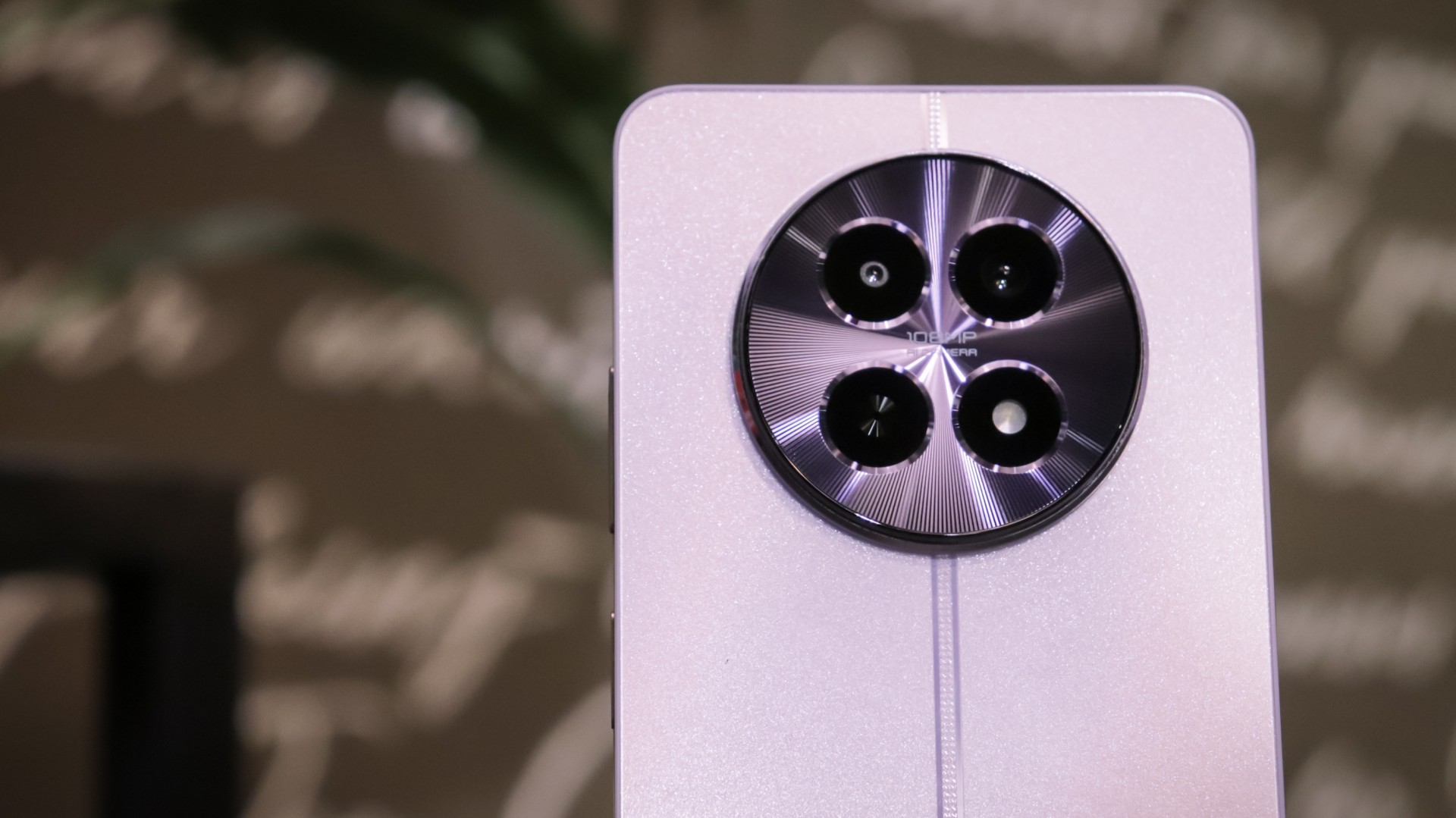
Just when we thought the Midnights’ era was over and the clock’s hands are now pointing to the tortured poets, a ‘Lavender Haze’ has arrived in the midrange smartphone department of the Philippines.
The realme 12 5G is here, and dang, does it look magical!
Just over a month after the official release of the realme 12 series, a new younger sibling just arrived, dead set on satisfying a niche that wants a competitive mobile device but has arguably smaller pockets.
You showed me colors you know I can’t see in anyone else
Right off the bat, the realme 12 5G is nothing short of stunning. The unit I have is in Twilight Purple, and believe me when I say that it’s a feast for the eyes. The other color variant of the phone is Woodland Green and its deep green hues will certainly win many hearts as well.
Despite not having the vegan leather of its older siblings, the realme 12 5G still has the ability to turn heads and serve the borahae aesthetic which a lot of people (count me in!) like.
The camera layout of the realme 12 5G is a visual language we’re familiar with all too well. The luxury watch design is something I will always be a fan of. I really admire smartphone brands that create their own visual identity rather than those who take the easy route of copying a certain bitten fruit brand.
However, I must say that the metal frame of the realme 12 5G is a certified fingerprint magnet. But if you’re like part of the, say, 99% of the population who use smartphone cases, the free clear case that comes straight out of the box is an easy fix. That’s another episode of android-smartphones’-generosity-saves-the-day!
It is also an important thing to note that while I really love the big camera design of the realme 12 5G, it can be bothersome when using the phone in landscape orientation. My fingers are naturally covering/touching the cameras. While it’s not that uncomfortable, you might have to wipe the lenses much more than you think you should.
The ports and buttons are pretty generic for the most part. The volume controls and power buttons are sitting on the right, the USB-C port, stereo speakers, and the 3.5mm headphone jack (yes, a headphone jack in 2024? I know, right!) are on the bottom. realme, however, stepped up the game through the power button because it does not only double as a fingerprint scanner, it also allows custom shortcuts by double-tapping or double-pressing. This feature is called the dynamic button.
A display made for ‘Islang Pantropiko’ (Tropical Island)
Rocking a 6.72 FHD+ LTPS LCD display that supports a screen refresh rate of up to 120Hz is another impressive feature the realme 12 5G boasts under its purple sleeves. With a screen-to-body ratio of 91.4% and a camera punch hole that effortlessly blends with the display, an immersive experience is guaranteed.
The image looks sharp, the colors are vivid, and scrolling on this device is a breeze. Although, I would have loved it more if the bezels are thinner or at least, proportionally distributed but again, that’s just me being a true-blooded Virgo.
But that’s not where the display admiration ends. The realme 12 5G also supports up to 800 nits of screen brightness. It can go further to 950 nits when the ‘Extra Brightness’ mode found on the display settings is toggled on.
This makes the display easily viewable even outdoors. That’s especially true during these ‘Islang Pantropiko’ summer weather when the sun’s scorching heat is not that forgiving to smartphones with dim displays.
The cameras: Do I love it? Do I hate it? I guess it’s up and down!
I would like to be very honest, I initially wanted to name this portion of the review as “The tortured camera department” but I feel like that would not be accurate of what I really feel towards the shooters of the realme 12 5G.
The smartphone sports three cameras in total. At the back lies the 108MP main camera that supports 3X zoom and a 2MP portrait camera. Meanwhile, the 8MP AI selfie camera resides on the front panel.
The quality of the photos produced by the realme 12 5G is a hit or miss for me. There are times when I really feel like it’s doing a great job but there are also times when I just feel like it could have done so much better. Take a look at these sample photos.
Photos taken in broad daylight look pretty good. The colors are vivid and the sharpness is on point. The only thing I can complain about is the dynamic range which, on some conditions, can look underwhelming or too processed for my liking.
Despite the not so accurate edge detection, portrait shots of the realme 12 5G can produce decent outputs. However, I highly suggest using the 1X option rather than the 3X one for a natural looking and overall better quality.
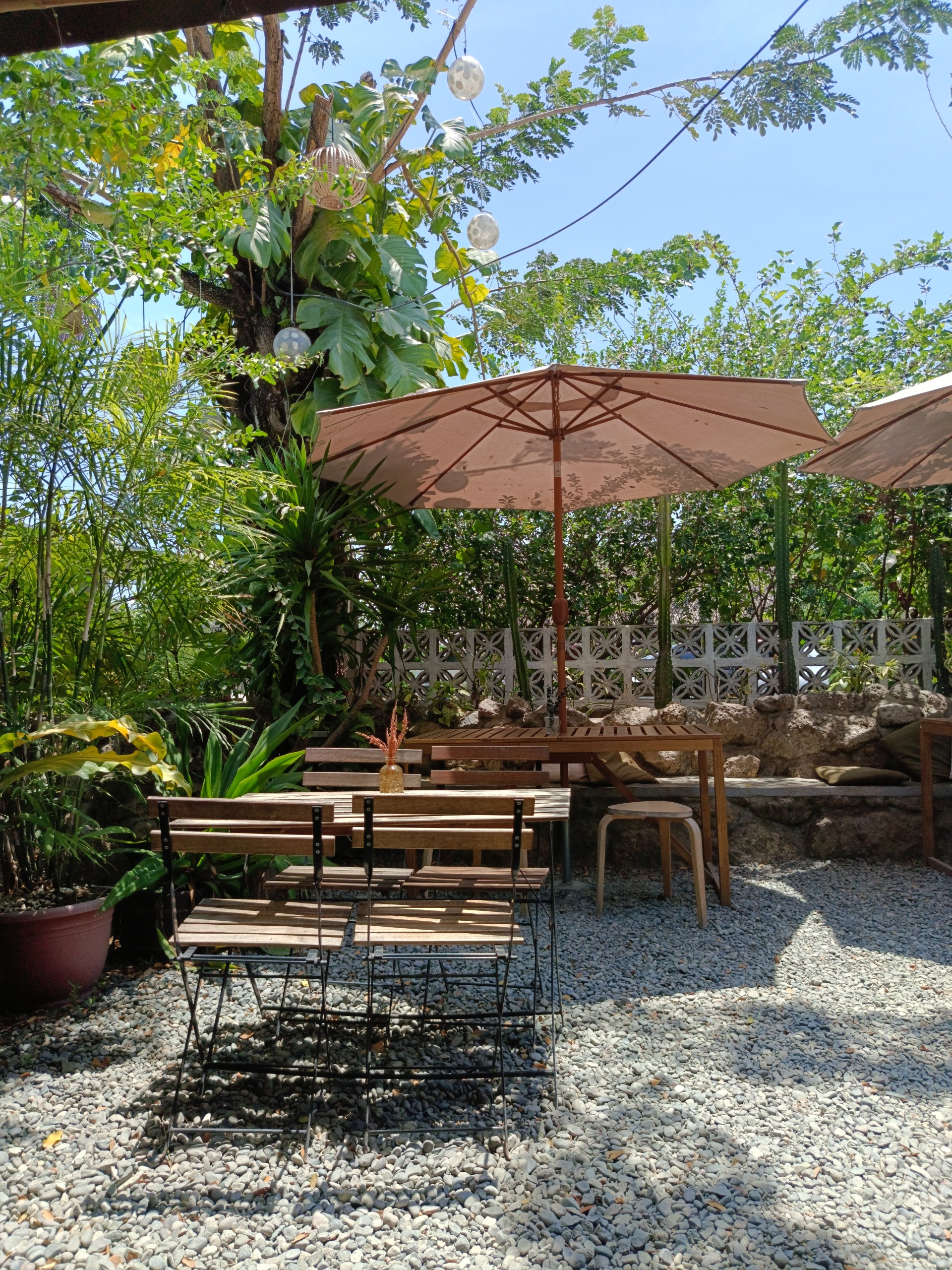
The High Res mode dedicated to capture 108MP photos doesn’t really pose that much of a difference. Sure, the photos may appear a tad but brighter but when looking closely, the highlights are overexposed.
Not just that, photos taken using the High Res mode generate massive files. I even took a single photo that is over 90MB in size.
The 3X zoom seems underperforming and inconsistent as well. The photos can look good and usable one time but frequently, it just appears oversharpened and heavily processed. The colors can be too saturated as well.
Low light photos taken using the realme 12 5G is also another yin and yang for me. When there is enough light, it can produce really impressive results but it can also struggle during the darker times when you feel like you really need it to perform as intended.
As for the selfies, I can say that I am quite happy with the phone’s performance. It may not be flagship level but it won’t let you down in your “me” moments.
The video is limited to 1080p at 30FPS for both the rear and front-facing cameras. I do believe that there’s some sort of EIS for the rear camera but the quality is nowhere near amazing.
So long, realme
One thing I really love about the midrange Android market is despite the competition price point, companies are really generous when it comes to battery and charging speeds. realme 12 5G is not an exception.
Packed with 5000mAh battery that supports 45W SUPERVOOC charging, quick battery drain and slow charging speed are a thing of the past. Being a heavy social media user, the realme 12 5G lasted me a whole day of use with a few more juice left before I reached out for its charger.
realme promises a 0-100% of charge in just 83 minutes. True to its claims, I was able to charge the phone from 20% to full in just 72 minutes. Impressive is an understatement.
You need to calm down, you’re being too loud
The realme 12 5G’s dual stereo speaker also has a feature called the Ultra Volume Mode that allows you to push up the volume level up to 200%. While it’s not necessarily bad, I find the audio quality to be a little bit harsh-edged and crunchy.
The bass is really lacking as well to the point that it kinda affects my music time with my current favorite bubble gum P-pop songs. The normal volume, albeit a little bit better, is not really an entirely different story. This just goes to show that just because it’s loud, doesn’t mean it’s a great speaker.
I think there’s been a glitch…or two?
Moving forward to speed talks, the realme 12 5G is powered by MediaTek Dimensity 6100+. Basic operations like browsing on social media is an easy feat for realme’s newest midrange device. Even multitasking seems smooth on this device, switching back and forth between apps hasn’t really been an issue on my end.
It does reload some apps, mostly games, when reopening them but I feel like that’s pretty normal for midrange android devices.
The gaming experience, however, is kind of underwhelming. When playing Roblox even on automatic graphics quality, I still experienced a considerably significant amount of frame drops. That became more frequent when I dialed up the graphics settings to maximum quality.
Surprisingly, I didn’t notice any frame drop when I played Asphalt 9 on default graphics settings and only a few occurred when I modified the settings to the highest graphics quality and 60FPS option.
As for the device’s temperature, the realme 12 5G may warm up during heavy use over an extended period, but it remains comfortable to hold. A brief rest allows the phone to cool down quickly.
You’ve got some tricks up your sleeves
Another thing that makes the realme 12 5G so interesting is the special features that come with it. Even though some of them can be viewed as plain gimmicks, some could be really useful. For example, the mini capsule 2.0 as realme likes to call it is an animation feature that is quite similar to Apple’s dynamic island, is nowhere near impressive and does not really improve the phone’s functions in any way.
On the other hand, the Snap Cards feature of the device which allows you to use your phone to store RFIDs by scanning the actual RFIDs could be a game changer for some people. Imagine you forgot your work RFID that records your attendance but hey, your phone is there to save the day! I believe things like these are what makes the realme 12 5G a fun device to have inside your pocket.
Other features worth mentioning include RAM expansion, dynamic button, and extra brightness.
Final Thoughts
To sum everything up, the realme 12 5G offers a wide spectrum of features a lot of people will love. With its unique aesthetic and color options, impressive sunlight display, and long-lasting battery life, it offers a holistic and fun experience for its users. . The device’s ability to deliver decent photos is also worth keeping in mind.
Its performance, although not perfect, still provides a satisfying user experience. To top all that off, it also has special features under its belt. With its competitive pricing, I will definitely recommend the realme 12 5G for people who love aesthetics and value functionality but do not want to break the bank.
Pricing and Availability
The realme 12 5G is the least expensive offering among the realme 12 series. Priced at Php 14,999, the handset comes with 8GB of RAM and 256GB of storage. You may purchase the device and get freebies on realme’s TikTok shop until April 30. The realme 12 5G will also be available on realme’s official Shopee and Lazada store on May 5 to 10.
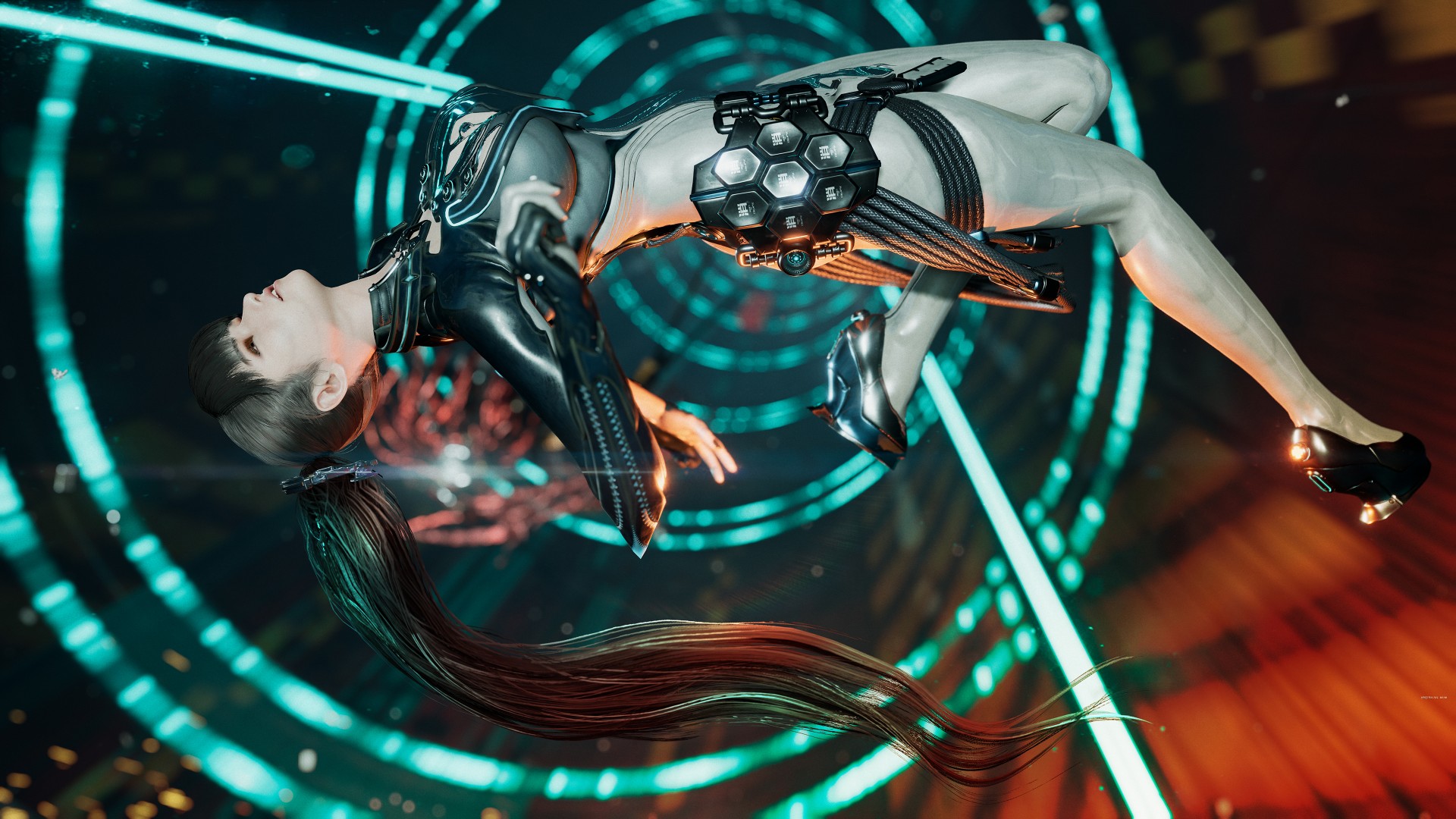
We didn’t have the best impression of Stellar Blade after spending time with the demo. Unlike certain players who poured a full game’s length of hours playing, our reception was lukewarm due to various reasons. But after finally having some time to focus on it, we now have a better understanding of its charm–and that goes beyond character design.
The game’s director has been ever-present in various gaming and tech news websites sharing nuggets about the game and reacting to the many comments made about the proportions of its female characters. That’s a rabbit hole we’re not diving into. Instead, we’re piggy-backing on one of his responses: Just pick up a controller and play it.
Steep combat learning curve
Stellar Blade’s combat didn’t click with us right away. But that’s because we approached it more like a hack-and-slash and not for the precise combo-parry sequence that it demands. A fellow reviewer aptly described our experience: It was a lot more “Soulslike” than we anticipated.
It took a while to get over that hurdle. For one, this writer isn’t particularly fond of Soulslikes. Skill issue. That’s tough considering a big part of this game’s charm is its combat. We can’t say that it fully clicked with us, but it certainly has its moments.
In combat, you have to pay attention not only to your enemy but also to how the protagonist, Eve, acts in different combo animations. If you’re not careful, you might find yourself getting hit during a lull in your combo.
You don’t have to memorize every single combo, although if you could, that’s certainly an advantage. We can compare the practice to memorizing combos of characters in Tekken, although at a milder rate.
Parrying is tricky but that’s not the only way to counter your enemies. One of the first skills you unlock is one that lets you get behind your enemy after they unleash a fatal attack (cued in with blue indicators) and hit back with your own counter. The animation looks so good that you’ll feel like an absolute badass every time you do it. It’s one of the moves that never got old throughout the entire playthrough.
As you progress through the game you’ll unlock ranged weapons that will expand your combat capabilities further. Hard combat enthusiasts should have a field day.
For more casual players, there’s no shame in switching to Story Mode which is what we did for about 70% of the playthrough. It’s easier, sure. But it can still present challenges especially during certain encounters.
The boss battles are TOUGH
We’re going to chalk this up again to skill, and perhaps patience, issue. But Stellar Blade’s boss battles are incredibly tough. Not to the point that you’ll want to throw your DualSense controller though.
What can make it frustrating is that the patterns of the enemies, especially the earlier bosses and mini-bosses, are easy to track. But they’re not exactly easy to deal with.
Parrying becomes an even more critical skill in these encounters. It’s one of the reasons why we opted to slide down the difficulty. Otherwise, this writer will never finish the game.
Pulling from different games, worlds
We have seen many compare Stellar Blade to the Nier games. Other than the setting, another big contributing factor in that comparison is the soundtrack.
During roaming, exploring, and combat, the music will change from time to time. However, they stick to this theme that’s a little eerie. It’s hard for us to describe but it’s almost like a crescendo that never quite swells up. It matches the game’s world perfectly — it feels hollow and devoid of life but still has a sliver of hope.
Combat isn’t the only thing you’re doing here. While it’s mostly linear at first, Stellar Blade offers a healthy mix of exploration, platforming, and puzzle-solving.
The puzzles don’t get in the way of the pacing. They’re quite engaging and offer a decent level of challenge. Roaming and exploration will yield you loot to improve your gear and stats. Occasionally, a Naytiba (the game’s primary foils) will surprise you for a good jumpscare moment.
Stellar Blade doesn’t reinvent anything nor does it offer anything particularly new or groundbreaking. But everything it borrowed from other games is retrofitted to match the game’s vibe and overall aesthetic. The result is a polished experience of familiar gaming mechanics.
Eve
Another aspect that did not grab us as much during the demo is the main character, Eve. The first hour of the game doesn’t do much to endear the player to her.
That slowly changes as you play through the game. Through a mix of cut scenes and world-building collectibles, you get a better sense of what Eve is, her mission, and ultimately her purpose.
If you’re familiar with the animé Violet Evergarden, Eve and that show’s protagonist share a similar character arc. They initially seem one note and bland, but the layers are peeled back as you learn more about them and how they relate to the world and the people around them.
Is she hot? Hell yeah. But as cliché as it is, she’s certainly more than what meets the eye.
Should you play Stellar Blade?
Unlike the PlayStation 5 exclusive that immediately preceded it, Stellar Blade has plenty in common with past PS5 exclusives — visually captivating, cinematic experiences, with satisfying gameplay.
Its level of challenge is closer to Sekiro and Bloodborne but it’s also not quite as difficult. In the same category but certainly not in the same stratosphere.
It also has an alluring charm that goes beyond its aesthetics. As mentioned earlier, nothing about it is particularly new or groundbreaking. But it’s polished and cohesive. There’s something about the overall feel of the game that draws you in and makes you want to see it through.
Stellar Blade is a Day 1 purchase if you’re up for the challenge. And if you consider the game director’s goal of having a high quality AAA console game from South Korea which is dominated by PC and mobile gaming, we say they did just that. Now, it’s just up to us to pick-up the controller and play.
Reviews
Challengers review: A thrilling drama wrapped as a tennis anime
Catch it in Ayala Cinemas starting April 24th

Tennis is more than just hitting a ball really hard with a racquet. There are player tics, serving techniques, mind games, and, of course, drama off the court. Challengers, starring Zendaya, takes the entire game and turns it into a dramatic thriller worthy of Wimbledon.
In Challengers, Art Donaldson (Mike Faist) is an aging tennis superstar desperate for one more big win. His wife Tashi (Zendaya), a retired tennis star in her own right, does everything to coach Art back to his winning ways. Opposite them is Patrick Zweig, a former-friend-turned-rival, facing Art in the final match of a Challenger.
As premises go, Challengers seemingly presents a straightforward sports drama. It’s a simple one-versus-one, after all. However, the film’s 2-hour-plus runtime hides a more complex drama.
The second-strangest ménage à trois in film
The film starts in media res: the first set of the final match. It doesn’t tell you who Art, Patrick, or Tashi is. It’s just a friendly match. There are, however, questions abound. Why is Zendaya’s character looking intently at one of the players? Why is the other player concerned that she is looking at his rival and not him? Who are these people?
Before you can ponder each question, the film takes you through multiple time jumps. The earliest (and longest) of which — thirteen years ago — sets up the story. Art and Patrick are two best friends and tennis prodigies teaming up to decimate the competition at their school. Everything changes when the two friends catch a match of another young prodigy, Tashi Duncan.
Both friends engage in a friendly competition to see who can successfully flirt with her. The sequence ends in the second-strangest ménage à trois committed to film. (To see the strangest one, catch Alfonso Cuarón’s Y tu mamá también, a clear inspiration to Challengers.)
The time jumps don’t end there. The story quickly volleys back and forth between different times in the past and the present, including years, months, weeks, and even hours ago. Sometimes, the skips result in the cinematic equivalent of whiplash from watching a tennis ball rapidly travel from left to right. But if you just follow the ball, it ends with one of the most thrilling, edge-of-your-seat dramas this year.
Blink and you’ll miss it
Despite how creative the time skips already are, Challengers shines with its subtler elements: the tiny movements, the tics that seasoned sports watchers can catch. Much like how a play-by-play commentator directs a viewer’s attention to what makes a player tick, the film subtly shows you elements of an even deeper story that it may or may not expound on.
Early on, Challengers shows a blink-and-you’ll-miss-it scene featuring Tashi’s knees. If you weren’t paying attention, you might have missed a scar from a surgical incision, hinting at why Tashi retired from the sport.
In that particular example, the film does dwell on it a bit in a past flashback. However, there are plot points that the film just drops on audiences with nary an explanation. For example, you might see telltale injection marks up Patrick’s wrist or a short-but-telling rehab session for Art. The film drops these nuggets only for the viewer to ponder. They’re short, but they paint a compelling picture to complement the action on the court.
It’s a tennis anime
In essence, Challengers is just about a tennis match between two emboldened competitors. However, like an anime battle that takes ten episodes to resolve, the film understands that the sport is not just about results: it’s about all the tiny movements, strategies, and dramas. If Wimbledon was this thrilling all the time, I should probably tune in a lot more.
Challengers shows exclusively in Ayala Cinemas starting April 24th.
-

 Events2 weeks ago
Events2 weeks agoStellar Blade: PlayStation taps cosplayers to play Eve for game’s launch
-

 Features2 weeks ago
Features2 weeks agoFortify your home office or business setup with these devices
-

 Accessories2 weeks ago
Accessories2 weeks agoLogitech unveils G Pro X 60 gaming keyboard: Price, details
-

 Reviews1 week ago
Reviews1 week agorealme 12+ 5G review: One month later
-

 Gaming1 week ago
Gaming1 week agoNew PUMA collection lets you wear PlayStation’s iconic symbols
-
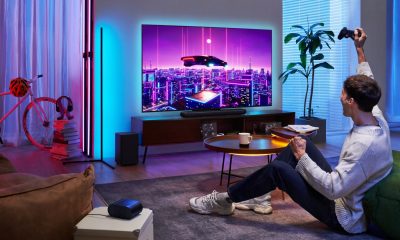
 Deals2 weeks ago
Deals2 weeks agoTCL P635 TV: Big savings for TCL’s anniversary
-

 Accessories1 week ago
Accessories1 week agoMarshall Major V: Reasons Why I Love It
-

 Gaming1 week ago
Gaming1 week agoMore PlayStation 5 Pro specs have been leaked


